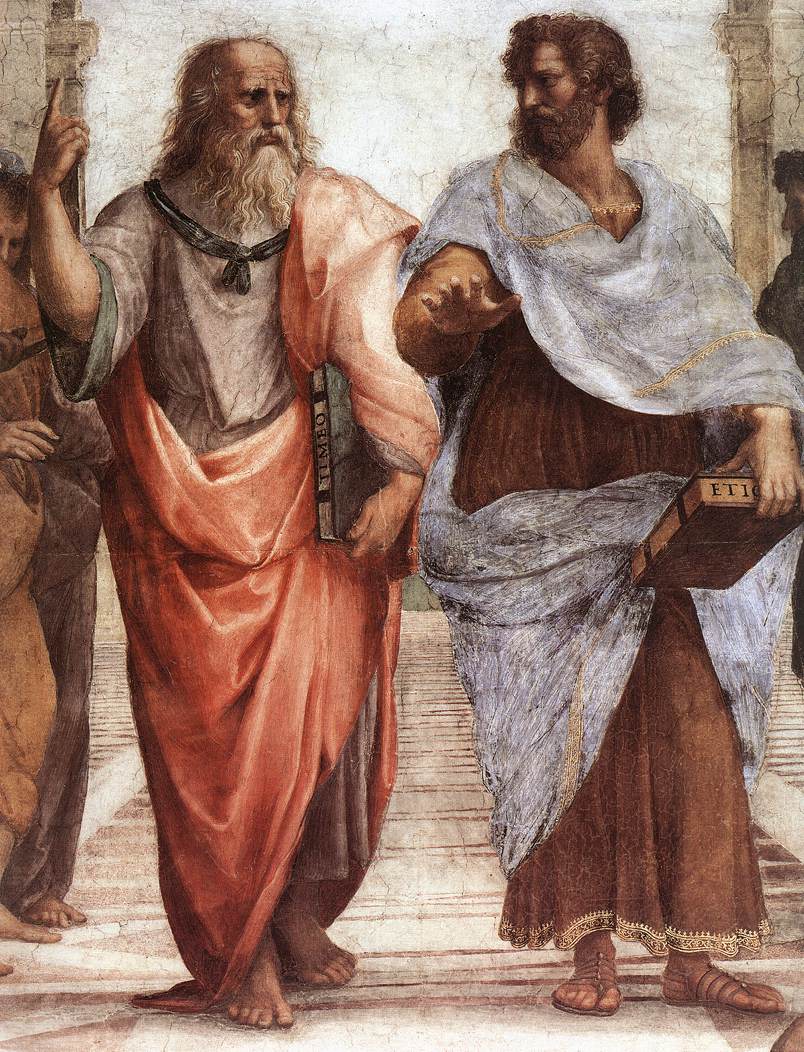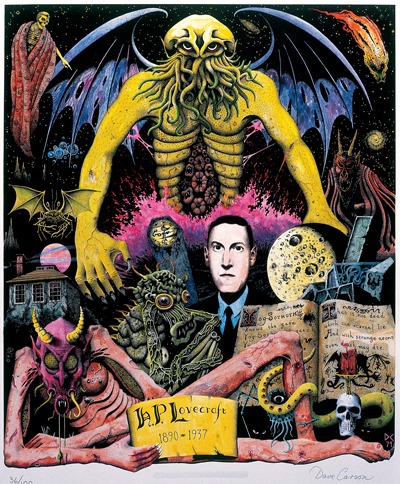Page 383
of the flute-player, who at last took to his heels. The modern Psyllian then took out of his bag a half-withered plant, which he kept waving in the direction of the serpent. It had a strong smell of mint, and as soon as the reptile caught its odor, it followed the Arab, still erect upon its tail, but now approaching the plant. A few more seconds, and the “traditional enemy” of man was seen entwined around the arm of his charmer, became torpid in its turn, and the whole lot were then thrown together in a pool, after having their heads cut off.
Many believe that all such snakes are prepared and trained for the purpose, and that they are either deprived of their fangs, or have their mouths sewed up. There may be, doubtless, some inferior jugglers, whose trickery has given rise to such an idea. But the genuine serpent-charmer has too well established his claims in the East, to resort to any such cheap fraud. They have the testimony on this subject of too many trustworthy travellers, including some scientists, to be accused of any such charlatanism. That the snakes, which are charmed to dance and to become harmless, are still poisonous, is verified by Forbes. “On the music stopping too suddenly,” says he, “or from some other cause, the serpent, who had been dancing within a circle of country-people, darted among the spectators, and inflicted a wound in the throat of a young woman, who died in agony, in half an hour afterward.”
According to the accounts of many travellers the negro women of Dutch Guiana, the Obeah women,
excel in taming very large snakes called amodites, or papa; they make them descend from the trees, follow, and obey them by merely speaking to them.
We have seen in India a small brotherhood of fakirs settled round a little lake, or rather a deep pool of water, the bottom of which was literally carpeted with enormous alligators. These amphibious monsters crawl out, and warm themselves in the sun, a few feet from the fakirs, some of whom may be motionless, lost in prayer and contemplation. So long as one of these holy beggars remains in view, the crocodiles are as harmless as kittens. But we would never advise a foreigner to risk himself alone within a few yards of these monsters. The poor Frenchman Pradin found an untimely grave in one of these terrible Saurians, commonly called by the Hindus Moudela. (This word should be nihang or ghariyal.)
When Iamblichus, Herodotus, Pliny, or some other ancient writer tells us of priests who caused asps to come forth from the altar of Isis, or of thaumaturgists taming with a glance the most ferocious animals, they
Page 384
are considered liars and ignorant imbeciles. When modern travellers tell us of the same wonders performed in the East, they are set down as enthusiastic jabberers, or untrustworthy writers.
But, despite materialistic skepticism, man does possess such a power, as we see manifested in the above instances. When psychology and physiology become worthy of the name of sciences, Europeans will be convinced of the weird and formidable potency existing in the human will and imagination, whether exercised consciously or otherwise. And yet, how easy to realize such power in spirit, if we only think of that grand truism in nature that every most insignificant atom in it is moved by spirit, which is one in its essence, for the least particle of it represents the whole; and that matter is but the concrete copy of the abstract idea, after all. In this connection, let us cite a few instances of the imperial power of even the unconscious will, to create according to the imagination or rather the faculty of discerning images in the astral light.
We have but to recall the very familiar phenomenon of stigmata, or birth-marks, where effects are produced by the involuntary agency of the maternal imagination under a state of excitement. The fact that the mother can control the appearance of her unborn child was so well known among the ancients, that it was the custom among wealthy Greeks to place fine statues near the bed, so that she might have a perfect model constantly before her eyes. The cunning trick by which the Hebrew patriarch Jacob caused ring-streaked and speckled calves to be dropped, is an illustration of the law among animals; and Aricante tells “of four successive litters of puppies, born of healthy parents, some of which, in each litter, were well formed, whilst the remainder were without anterior extremities and had harelip.” The works of Geoffroi St. Hilaire, Burdach, and Elam, contain accounts of great numbers of such cases, and in Dr. Prosper Lucas’s important volume, Sur l’Heredite Naturelle, there are many. Elam quotes from Prichard an instance where the child of a negro and white was marked with black and white color upon separate parts of the body. He adds, with laudable sincerity, “These are singularities of which, in the present state of science, no explanation can be given.” It is a pity that his example was not more generally imitated. Among the ancients Empedocles, Aristotle, Pliny, Hippocrates, Galen, Marcus Damascenus, and others give us accounts quite as wonderful as our contemporary authors.

Moe is the founder of GnosticWarrior.com. He is a father, husband, author, martial arts black belt, and an expert in Gnosticism, the occult, and esotericism.






